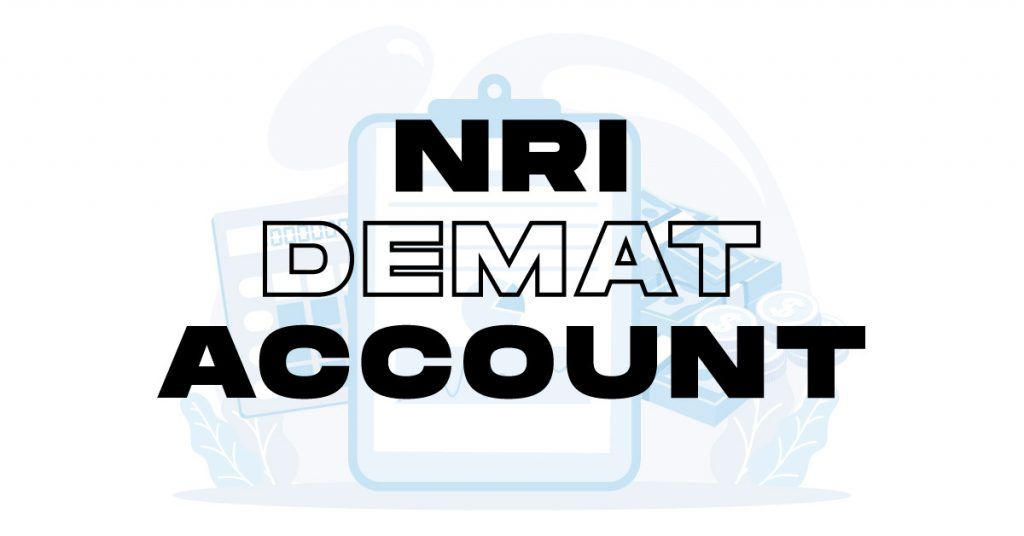What Is Face Value in IPO?
Written by Upstox Desk
Published on July 31, 2025 | 7 min read

One of the most prominent ways of raising capital for companies is through equity capital. In such a type of financing, companies sell ownership stakes in the form of shares to buyers who become shareholders. Private businesses can raise money by selling stock holdings to family members and close friends or by going public through an IPO (IPO).
On Indian stock exchanges, initial public offerings have been very common these days. IPOs serve as a means for businesses to raise capital and also act as an indicator of a country’s economic growth.
The market where companies first time launch their shares to the public is known as a primary market. A pre-determined price band is fixed by the companies between which investors have to buy the shares. Investors have to subscribe to the shares issued by the company if they suit their affordability and risk appetite.
Now, before jumping into the concept of face value (FV), first, let’s understand what an IPO is
An initial public offering (IPO) is when a private firm offers shares to raise money from the public through the stock markets. It is the process by which a private company becomes public by initially issuing shares to the general public. A corporation typically conducts a public offering to generate money for growth or to give current shareholders a way to increase the value of their investment.
A company is referred to as an "issuer" when it issues its shares to the public, and it does so under the direction of multiple investment banks. The company's shares are traded on an open market when the IPO is complete. Where shares are traded in an open market is also known as a secondary market.
When a company issues shares, it is always issued at a premium price, which means the prevailing market value of the company is more than the face value of the shares. Selling shares at a premium refers to a situation where investors are willing to pay more than their face value.
Where the issue price= FV + premium,
But what is this?
Face value in IPO
It is the fixed price of the particular share that the firm chooses to offer in an IPO (IPO). It can be any, like Rs. 2, Rs. 10, or Rs. 1000. The price of each share is decided once the FV has been established based on the investment banker's analysis. The base price at which businesses issue new shares to investors is known as face value. It is stated on the share certificate.
The premium is not determined randomly; instead, it is based on the company's success indicators, including sales, profit, and growth. In other IPOs, the price range was set close to the face value of the shares. It is where the concept plays an essential role.
Importance
Useful in stock splits
Post listing, a company's stock price fluctuates in line with the market situation and its operations. Companies utilise FV to announce share splits since the share price is market-dependent, but the nominal value is not.
Let’s understand the concept with the help of an example.
When it seems expensive for retail investors to buy shares of a particular company, these companies might announce a stock split.
Suppose that the nominal value of a company's stock is Rs. 10, and the market value has reached Rs. 3,000. The company divides one share into five shares (1:5 ratio) to enhance the number of shares and liquidity. After the split, the par value of each share will be Rs. 2, while its share price will come down to Rs. 600.
It helps investors in comparing companies
With the help of the par value, investors can calculate at what percentage of premium a share is prevailing in the stock market. Premium is calculated on the basis of par value only.
Premium = Market price - Face/par/nominal/stated value
Helps in distributing dividends
The annual profits of the company can be utilised in two ways.
- Distributing to the shareholders
- Reinvesting in the business only for expansion:
It is a useful element while distributing profit to the shareholders in the form of dividends. The company announces their dividend at a percentage of the par value. For example, Tata group announces a final dividend for its shareholders of @20%, and the market value of the shares prevailing in the stock market at Rs 3000 per share and the par value is Rs 100 per share.
The amount of the dividend would be calculated as follows, i.e., Rs 20 per share (100*20%)
How to calculate a nominal value in IPO
The difference between a company's assets and liabilities is that entity's net worth. It is determined by dividing the number of shares issued by the company's net worth. A firm might desire to issue 100 additional shares with a face value of Rs. 10, for instance, if its net worth is Rs. 1000.
Differences with Face Value & Market Price
| Particulars | Face Value | Market Price |
| Definition | It is a predetermined price that is determined by the company and afterwards carried out in conjunction with an initial public offering (IPO). The market circumstances have no impact on a company's face value, which is constant. | The price at which certain securities are exchanged on a stock exchange is known as the market value of shares. It is simply the price at which any share or bond on the stock market may be bought or sold. |
| Pricing | Corporations themselves determine the pricing. | Market value is determined by the retail investors by the prevailing market scenarios. |
| Fluctuation | It does not get affected by market forces. It will be affected by corporate actions like a stock split. | The market value of a share get fluctuates by market conditions and macro and microeconomic factors on a daily basis. |
| Calculations | It is determined by dividing the net worth of the corporation by the total number of shares issued | The market value is determined by multiplying outstanding equity shares of the company with the current price of the shares. |
Frequently Asked Questions (FAQs)
Q. When does the nominal price change?
It changes only because of corporate actions like a stock split. In such a case, the company divide one share into more than two shares. The market valuation would be the same. Only the number of equity shares will change.
Q. What is the minimum stated price of a share?
The corporates can keep it as low as Rs 10 per share. Generally, in India, the par value of companies starts from Rs 100 or 1000.
Q. Can we buy shares at a nominal price?
When we buy shares, it consists of both par value and premium. However, you are not able to buy shares at only par value. You need to pay the current market price to buy a particular share of a company.
Q. What is the difference between the offer price and the nominal price?
The offer price is usually set at a fixed value while launching the IPO. It is a rate at which investors can apply to buy the shares of the company. On the other hand, the nominal price is determined by the company itself.
Bottom line
Face value is not a critical factor for an investor only looking for a profitable investment. It is still a crucial idea for a retail investor, though. To put it simply, understanding this concept will help you determine the level of success your investment would bring you if you wanted to invest in a company. It enables you to draw a conclusion when comparing one company with another.
About Author
Upstox Desk
Upstox Desk
Team of expert writers dedicated to providing insightful and comprehensive coverage on stock markets, economic trends, commodities, business developments, and personal finance. With a passion for delivering valuable information, the team strives to keep readers informed about the latest trends and developments in the financial world.
Read more from UpstoxUpstox is a leading Indian financial services company that offers online trading and investment services in stocks, commodities, currencies, mutual funds, and more. Founded in 2009 and headquartered in Mumbai, Upstox is backed by prominent investors including Ratan Tata, Tiger Global, and Kalaari Capital. It operates under RKSV Securities and is registered with SEBI, NSE, BSE, and other regulatory bodies, ensuring secure and compliant trading experiences.

























